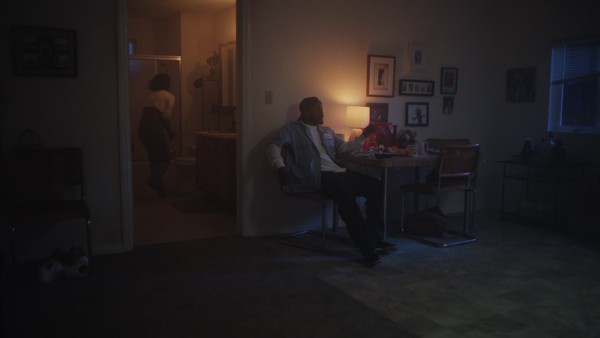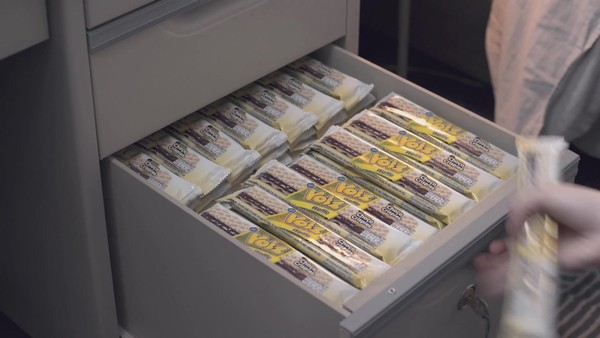Film Craft > Production
THE COST OF BEAUTY
OGILVY, London / DOVE / 2023
Awards:


Overview
Credits
Overview
Write a short summary of what happens in the film.
3 in 5 kids experience mental health issues from social media. So, we told the story of Mary; a real girl who almost lost her life from an eating disorder. However, we didn’t need to shoot her story, Mary already had. Using her own photos, videos, and journal entries, spanning over a decade, we created a film that shows her downward spiral after getting her first phone and joining social media. Set to an emotional female cover of Joe Cocker’s ‘You Are So Beautiful to Me,’ we see how quickly social media shapes Mary’s view of her own beauty, causing her mental health to severely struggle. At the end, we learn this isn’t just Mary’s story. It’s the story of millions of girls. The film concludes with a rallying call for people to sign the petition in support of the Kids Online Safety Act.
Background:
Kids are experiencing severe mental health issues from the onslaught of seemingly endless toxic beauty content on social media. Anxiety, depression, self-harm, eating disorders, PTSD, and even suicide - the harm social media can cause has no limits. Because neither does social media. In fact, the majority of young girls say they feel the pressure to look perfect and match what they see on social media. Our brief was twofold: first, highlight the scale of the social media-induced mental health crisis among kids; and second, inspire the world to act, demand change, and save kids from the dire consequences of toxic beauty content. Our goal was to mobilize the masses by creating a single, shareable film and get viewers to sign the petition to support the Kids Online Safety Act.
Tell the jury about the casting process.
To ensure the film was completely authentic, we cast a real survivor and told her story entirely through her own personal footage. An extensive casting process was conducted to find someone who had not only suffered from toxic beauty standards, but who also documented her downward spiral and was comfortable revealing it to the world. We met over 60 different survivors, spending hundreds of hours reviewing their personal photos, videos, and journal entries. After nearly a year, we cast Mary as our protagonist; a girl who almost lost her life to an eating disorder after receiving her first phone. The supporting cast were also real survivors, chosen to represent a range of mental health issues.
For everyone’s safety, we worked closely with a psychologist who specializes in teen mental health, as well as the Founder of the National Eating Disorder Information Centre. Both remained by our cast’s side throughout production.
Is there any cultural context that would help the jury understand how this work was perceived by people in the country where it ran?
The volume and constant bombardment of toxic beauty content on social media is making young people ill. Three in five kids experience a mental health issue from toxic beauty content. Rates of depression, anxiety, and self-injury surged in the early 2010s, as social media platforms proliferated and expanded. The CDC reported suicide was the second leading cause of death amongst people aged 10 to 34 years old in 2018. Toxic content on social media is fueling a mental health crisis that is already spinning out of control, and kids are paying for it with their lives.
Unfortunately, toxic beauty content has been normalized and the impossible beauty standards accepted, so many kids are suffering in silence. By crafting this film out of Mary’s own content, we demonstrate that almost any girl could be in this film. You only have to look as far as their phones.
No actors were used.
More Entries from Casting in Film Craft
24 items
More Entries from OGILVY
24 items





















